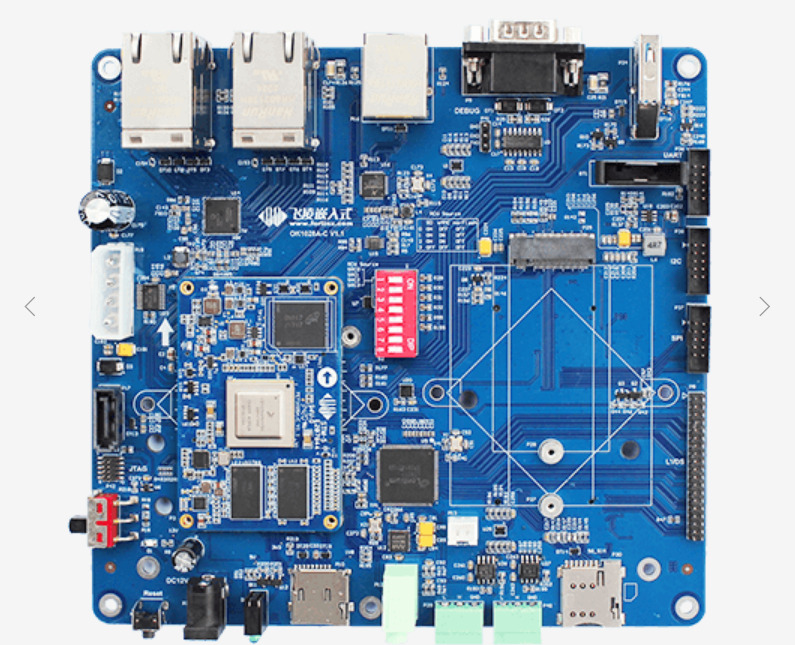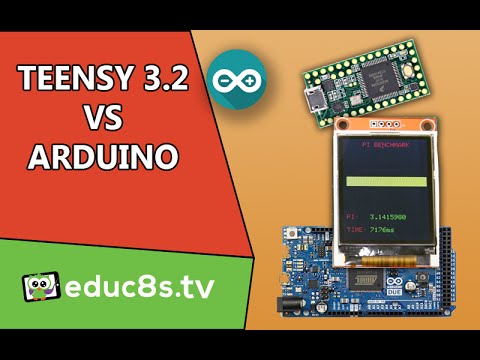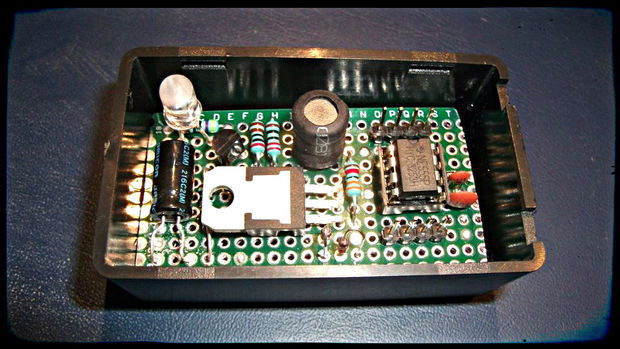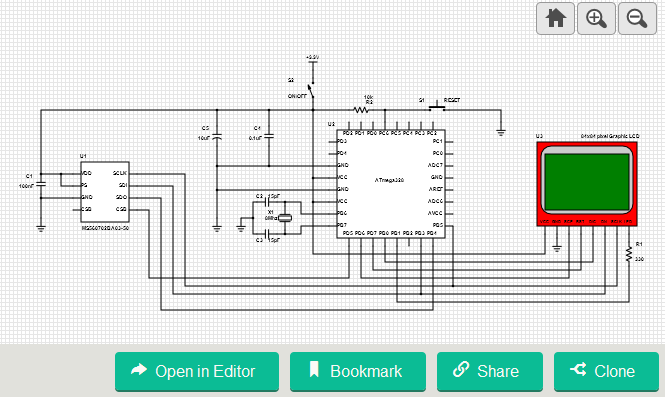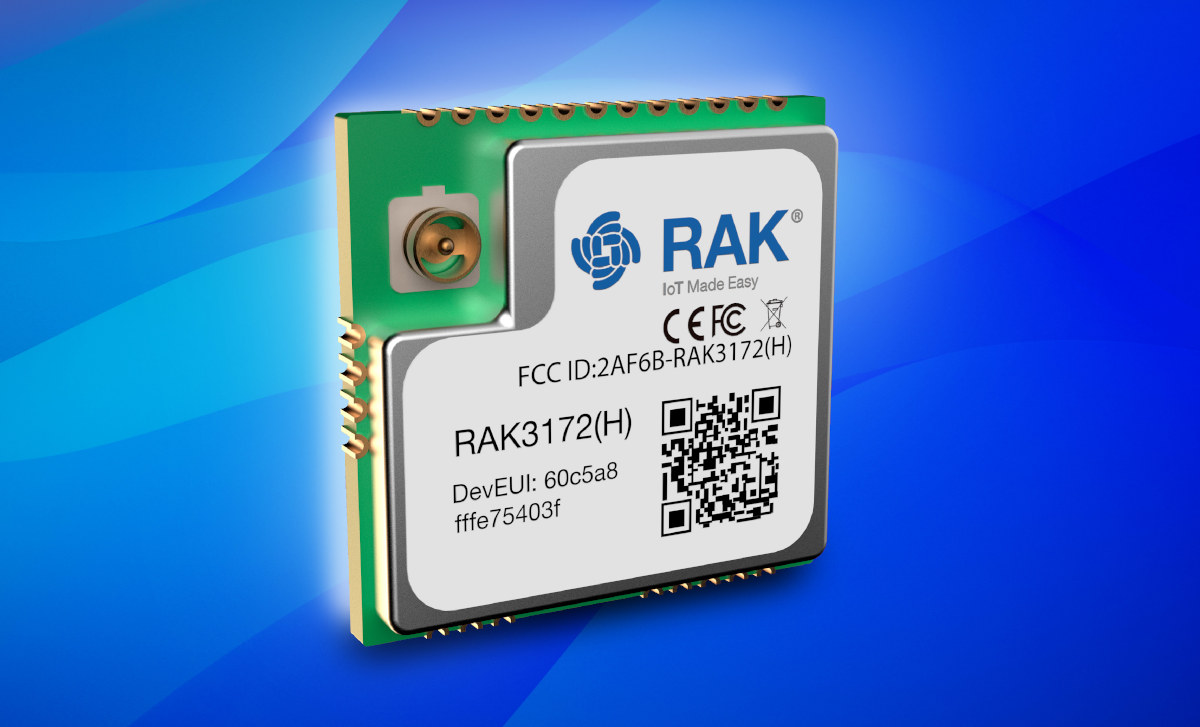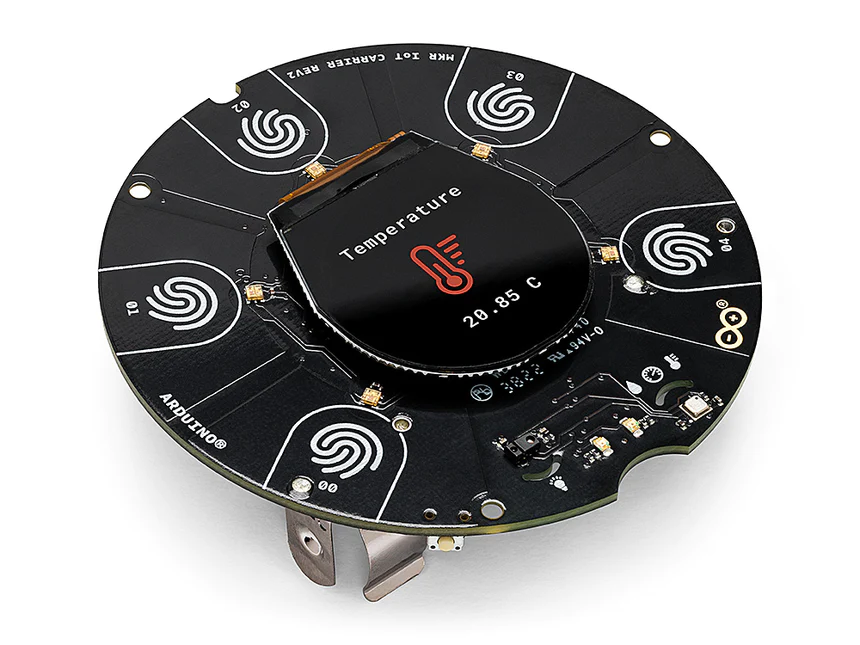
Step-Up Your Projects with Arduino MKR IoT Carrier Rev2 featuring 4-in-1 Bosch BME688 Sensor
Arduino has launched a second version of their Arduino MKR family which features a range of sensors. The Arduino MKR IoT Carrier Rev2 is designed for Internet of Things projects. It provides a range of connectivity options, including Wi-Fi, cellular, and LoRa, as well as a variety of sensors like humidity, temperature, and pressure sensor. The Arduino MKR IoT Carrier Rev2 uses ST LSM6DSOXTR which is a 6-axis inertial measurement unit(IMU). The LSM6DSOX is a replacement for LSM6DS3 from the previous version.
Technical Specifications of Carrier Rev2
- The ST LSM6DSOXTR is a 3D digital accelerometer and gyroscope sensor with a full-scale acceleration range of ±2/±4/±8/±16 g and an angular rate range of ±125/±250/±500/±1000/±2000 DPS.
- The display used in the board is the KD013QVFMD002-01 which is a 1.3-inch rounded OLED display with 240×240 resolution. The pros of OLED displays are that they consume very minimal energy while giving sharp display quality.
- For ambient light, proximity and gesture detection Broadcom APDS-9960 is used. The package does not include a 18650 Li-Ion rechargeable battery, but it powers the board.
- 5x capacitive buttons are available on board. SD card slot is available for storage and data processing.
- The MKR IoT Carrier comes with three grove connectors (2 analog and an I2C) that enables us to easily connect external sensors. The type of connector is labeled clearly on the back of the carrier.
The board also has a Bosch BME688 which is the first gas sensor with AI and integrated high-linearity and high-accuracy pressure, humidity, and temperature sensor. It can detect gases like Volatile Organic Compounds (VOCs), volatile sulfur compounds (VSCs), and other gases such as carbon monoxide and hydrogen in the part per billion (ppb) range.
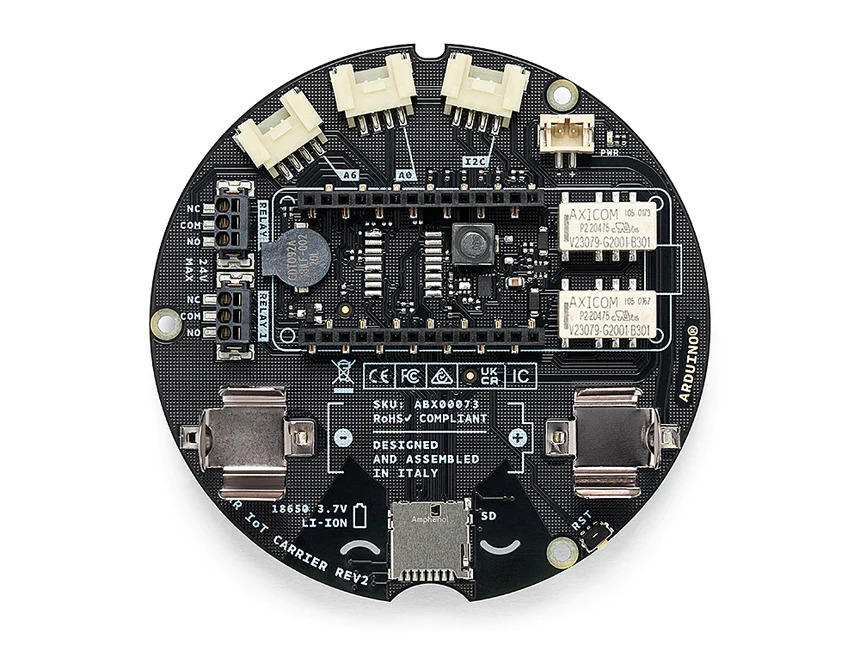
Connectivity Features and software support
The Arduino MKR IoT Carrier Rev2 is compatible with Arduino MKR family boards. The board features Wi-Fi, Narrowband (NB-IoT) or 3G cellular connectivity. Low-power design makes NB-IoT devices suitable for battery-powered devices that need to last for long periods of time. NB-IoT networks have a wide coverage area and can penetrate deep into buildings, making them suitable for indoor use.
Users can program the board using Arduino IDE and use the Arduino_MKRIoTCarrier library for the MKR family. The library will allow users to control the IoT MKR carrier and all components included in exploring IoT kit.
The Arduino MKR IoT Carrier Rev 2 retails at $63.60 or 60 Euro on the official Arduino store. For more information visit the product page.





